18 Africans among cardinals to elect new Pope
The 135 cardinals who are eligible to elect the next Pope include 18 Africans.Although there are 252 cardinals, only 135 have voting rights and can vote for the next Pope when the conclave begins.
Europe has the most, with 53 cardinals of voting status.
Asia has the next biggest number of cardinal electors (23), followed by Africa (18 voting members of the College of Cardinals).
South America follows with 17, while North America has 16 cardinal electors.
Oceania and Central America have the fewest electors at the upcoming conclave, with only four apiece.
African-born Cardinal electors include Fridolin Besungu (DR Congo), Ignace Dogbo (Ivory Coast), Stephen Brislin (South Africa), Arlindo Furtado (Cape Verde), Antoine Kambanda (Rwanda), and Jean-Pierre Kutwa (Ivory Coast).
Others include John Njue of Kenya, Dieudonne Nzapalainga of the Central African Republic, Peter Okpaleke of Nigeria, Nakellentuba Ouedraogo of Burkina Faso, Protase Rugambwa of Tanzania, Robert Sarah of Guinea, and Berhaneyesus Souraphiel of Ethiopia.
Africans on the list include Desire Tsarahazana of Madagascar, Peter Turkson of Ghana, Jean-Paul Vesco of Algeria, Cristobal Romero of Morocco, and Stephen Mulla of South Sudan.
Interestingly, 108 of the electors were appointed by Pope Francis, 22 by his predecessor, Pope Benedict, and five by Pope John Paul II.
The conclave's secret ballot will be open to all cardinals under the age of 80. To elect the new pope, a majority of at least two-thirds plus one is required, hence voting may be spread out over several days.
The cardinals considered the leading candidates to succeed Pope Francis are Peter Erdo (Hungary), Matteo Zuppi (Italy), Robert Sarah (Guinea), Luis Tagle (Filipino), Malcolm Ranjith (Sri Lanka), Pietro Parolin (Italy), Pierattista Pizzaballa (Jerusalem), Fridolin Besungu (Congo), Willem Eijk (Netherlands), Anders Arborelius (Sweden), Charles Bo (Myanmar), and Jean-Marc Aveline (France).
More Cardinals have arrived in the Vatican following Pope Francis' death on Easter Monday.
On Tuesday morning, over 60 cardinals met in the Synod hall for the College of Cardinals' inaugural congregation, led by Cardinal Kevin Farrell, the Roman Catholic Church's Camerlengo.
The Cardinals confirmed Saturday as the date for the late Pope's funeral during the general congregation on Tuesday.
More Cardinals are expected to attend the second general congregation, which will be place on Wednesday afternoon.
Wednesday morning will be reserved for the ceremonial transfer of the Pope's body to the Basilica, where he will lie in state.
The general congregation is currently meeting to discuss the Pope's burial, but in the coming days it will transition to pre-conclave preparatory meetings leading up to the conclave itself.
Then, during their meetings, they will begin to speak on a number of topics, including the Church's current needs, the state of the Curia and its work, and ways to improve the Curia and the Church's relationship with the world.
Cardinals would pledge to keep strict confidentiality about any events concerning the election of the Roman pontiff or those that, by definition, occur during the vacant of the Pope's throne.
The cardinals then take a collective oath, which reads in part: "We promise and swear to keep secret with the greatest fidelity and with all persons, clerical or lay, regarding everything that in any way relates to the election of the Roman Pontiff and what occurs in the place of the election, directly or indirectly related to the results of the voting."
"We promise and swear not to break this secret in any way, either during or after the election of the new Pontiff, unless explicit authorisation is granted by the same Pontiff; and never to lend support or favour to any interference, opposition or any other form of intervention, whereby secular authorities of whatever order and degree or any group of people or individuals might wish to intervene in the election of the Roman Pontiff."
Following that, each individual takes an oath with his hand on the Gospels.
During the election, cardinal-electors are prohibited from making any contact with the outside world, including shared communications, newspapers, radio, or television.
The first vote is frequently ceremonial, allowing cardinals to commemorate certain members of the College who, while outstanding, are not deemed papable (electable as pope).
From that point forward, voting will take place twice a day, with two rounds of voting every session.
The cardinals appoint three other cardinals to count the votes, three more to double-check the results, and three, if required, to collect ballots from those who are unable to walk to the high altar due to illness.
Each cardinal writes his preferred pope's name on a ballot before proceeding to the high altar.
In Michelangelo's picture of the Last Judgement, he declares aloud, "I call as my witness Christ the Lord, who will be my judge, that my vote is given to the one who before God I think should be elected."
The cardinal then places the ballot into the right receptacle, bows to the altar, and returns to his post.
Once the ballots have been placed in the container, they are mixed together and counted aloud.
If the number does not match that of the electors, the ballots are burnt.
If the count is correct, the ballots are taken out individually, noted by two cardinals, and announced in a loud, clear voice by a third cardinal.
To be lawfully elected pope, a candidate must receive two-thirds of the vote.
After each vote, the ballots are burned, and the smoke rising from the chimney above the Sistine Chapel is black if the vote is inconclusive and white if a new successor to Peter has been chosen.

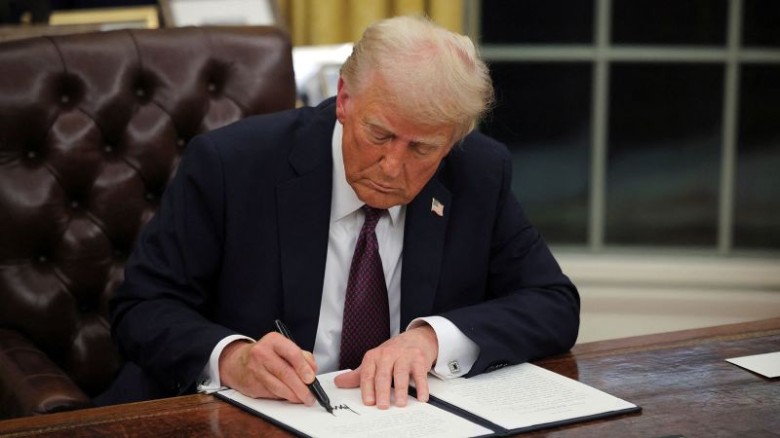
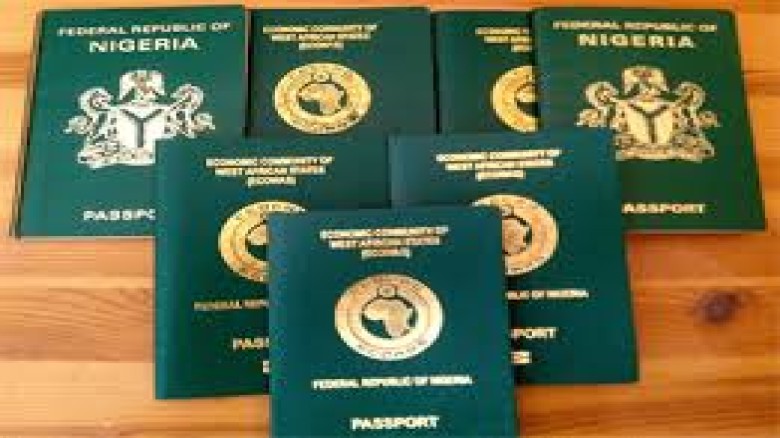
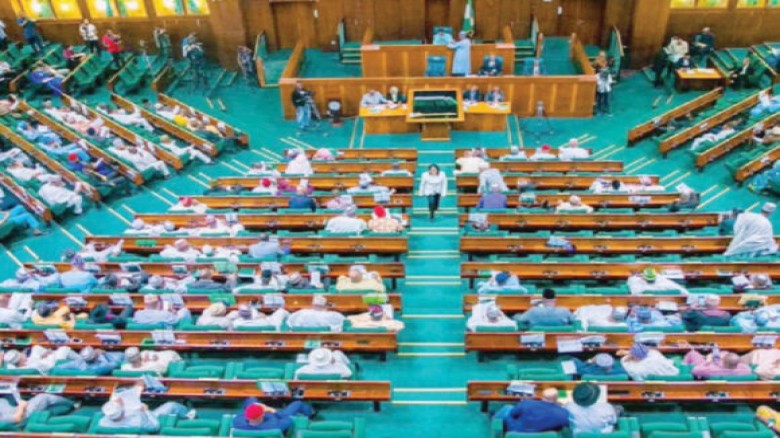
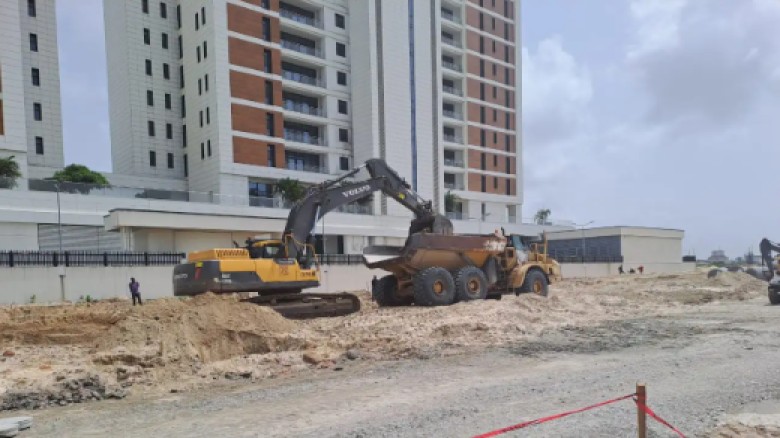
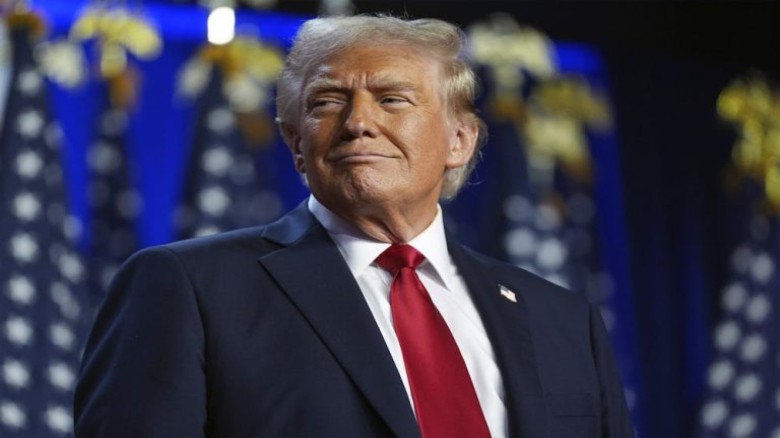


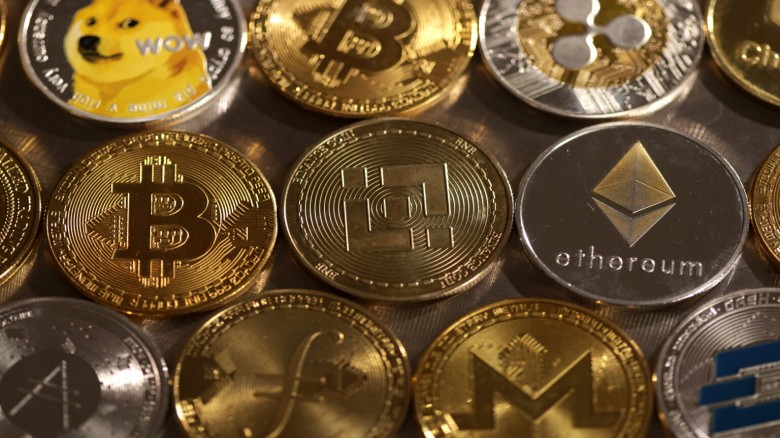


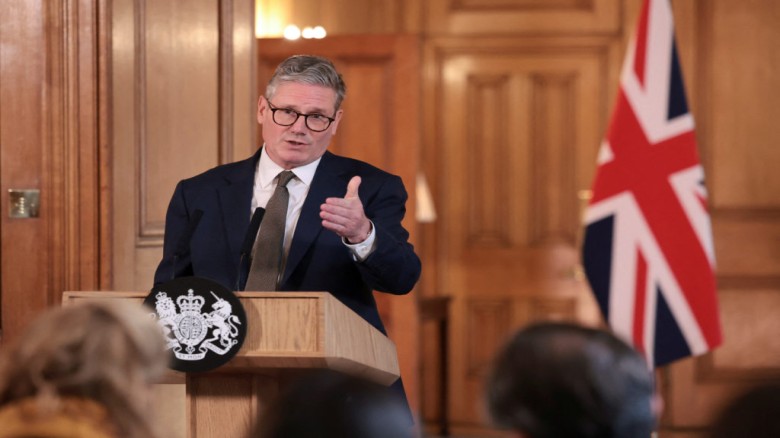

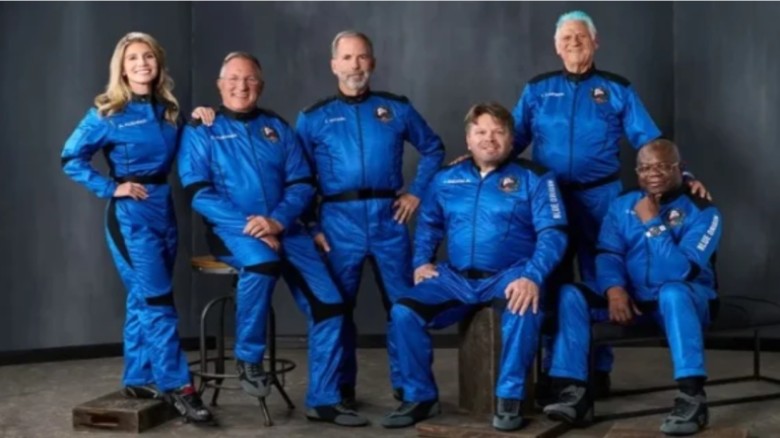

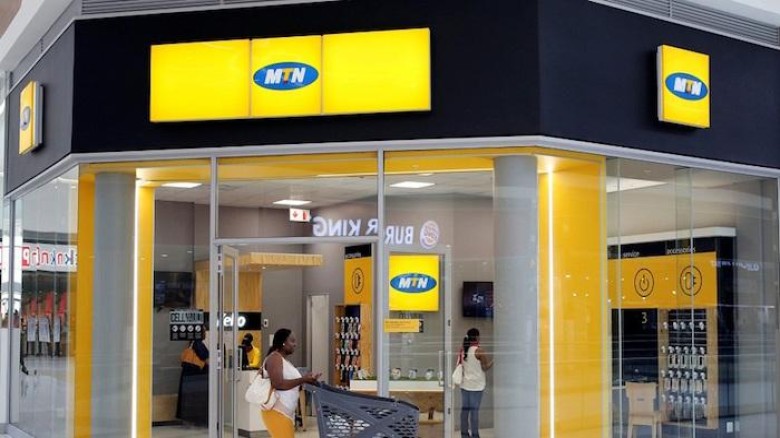








Leave A Comment